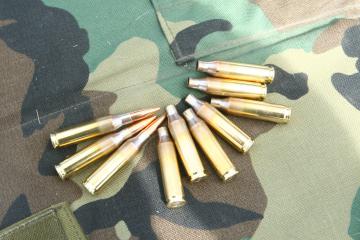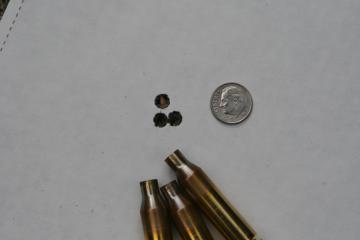For the KRG Short Action Customs .260 rifle, I used the new Lapua brass, the 139-grain Lapua Scenar, CCI BR2 primers, and Reloder 17. Other than the brass, this is the same recipe I've been using for my match .260 Rem loads for several years, and a load that approximately 30 percent of the .260 match shooters I know use. Other alternates include using H4350 or H4831SC for powder, a Federal 210M primer, and the 142-grain Sierra MatchKing bullet. A minority of .260 shooters use any bullet other than the 139 gr Lapua or 142gr SMK. Use of the three powders is mixed almost evenly. H4831SC will typically fill the case past 100% at a max load. H4350 is the old stand-by, proven load. The recent arrival is Reloder 17, which, due to some powder technology improvement, typically yields about 100-150 fps over the other powders when loaded to similar pressure. In the .260 Remington, this means launching a 139 gr Scenar at 2900 - 2950 fps instead of 2775 - 2850 fps.
For field testing, I took the rifle to a Thunder Beast Training Group class we were running in Northern Colorado. Although I am used to the AI stock that feels and fits different, the KRG W3C stock impressed me. Its adjustability let me easily set the rifle for proper fit, and everything worked as it was supposed to. Making first-round hits on small and medium steel plates out to 1000+ yards was as easy as it is with a $10,000 sniper system, though this rifle package would cost less than half of that. Some of the best praise that can be made for a long-range field rifle is that it fits right and everything works without drama, and hits are easy to make. I can give that praise to KRG's system and the barrel job Mark Gordon did on this Tikka T3.
|

